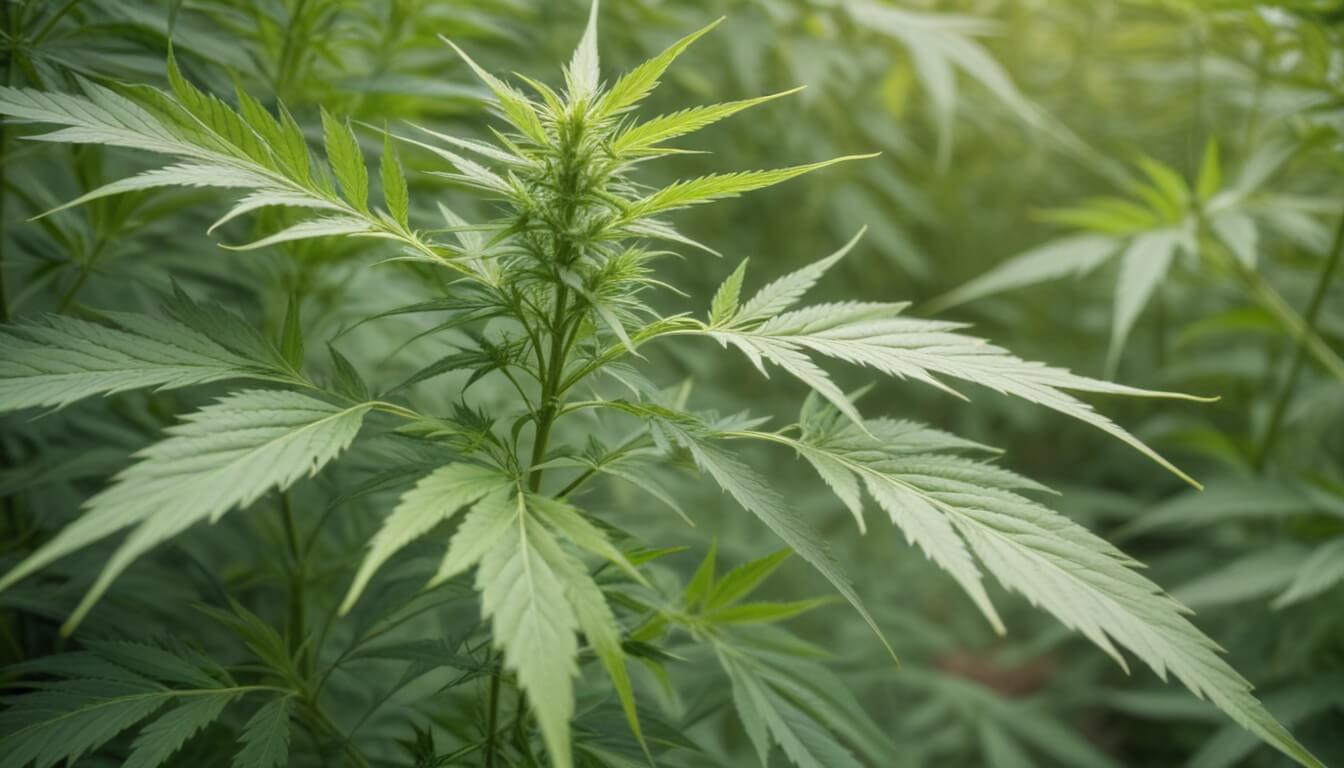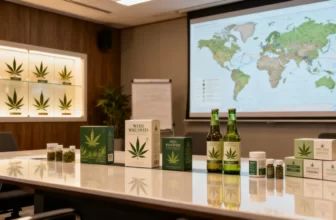A recent report by the United States Department of Agriculture’s National Agriculture Statistics Service (NASS) shows that the economic landscape for hemp production has witnessed substantial growth. The data elucidates the rising prominence of the American hemp industry, and impressive figures validate this trend.
An Overarching Increase in Hemp Production
The total value of hemp harvested in the U.S. increased by 18% in 2023, reaching $291 million, compared to the previous year, as stated by the NASS. This significant rise showcases the steady transformation of this budding sector, which is in large part due to its versatile applications across numerous markets.
When focusing specifically on outdoor production, the monetary worth mirrored this increasing trend, registering at $258 million, an escalation of 22% from 2022. The area devoted to open-air cultivation experienced a similar surge, encompassing approximately 21,079 acres last year, an expansion of 15% from the acreage utilized in 2022.
Diving Deeper: Floral Hemp Takes the Lead
Looking closely at specific variants, floral hemp – grown unhindered under the sky – reported an appreciable proliferation in quantity and value during 2023. NASS reveals an estimated output of about 8.03 million pounds, marking an 18% boost from the preceding year.
The increased yield was met with correspondingly augmented demand, as the upsurge in market value suggested. The economic worth of outdoor-grown floral hemp attained $241 million in 2023, climbing dramatically by 35% from 2022. These statistics indicate the growing recognition, acceptance, and rising demand for floral hemp products.
A Tale of Grain and Fiber: Remarkable Outputs Noted
The freely grown hemp dedicated to grain production had its share of achievements in 2023. The yield was roughly 3.11 million pounds – a rise of 28% from the prior year. However, it did experience a setback, with the harvested area showing a reduction of 26%, tallying at around 3,986 acres compared to 3,986 acres the previous season.
Notwithstanding this limited decline, the open-air production sector for hemp fiber fared remarkably well in 2023. Output increased by an astonishing 133%, yielding about 49.1 million pounds. This indicates the expanding market potential for hemp fiber, which enhances the overall health of the American hemp industry.
Trends in Indoor-Grown Hemp: Clones and Transplants
The indoor-grown section of the industry saw fluctuations in the quantity and monetary value of hemp clones and transplants. An estimated total of 934,000 plants were produced, representing a 26% fall. Nonetheless, their fiscal worth hit $870,000; this indicated a positive leap of 18%, signifying that despite the dip in the physical count, the fiscal contribution of these niche variants to the total commercial value has been significant.
The statistics presented by NASS highlight the story of progression in the absolute values of US hemp production and subtly hint that this upward curve might continue in subsequent years. Although it’s essential to observe how factors like legislative changes or evolving cultural mindsets play into this scenario, one thing remains certain: the American hemp industry has a promising future.





